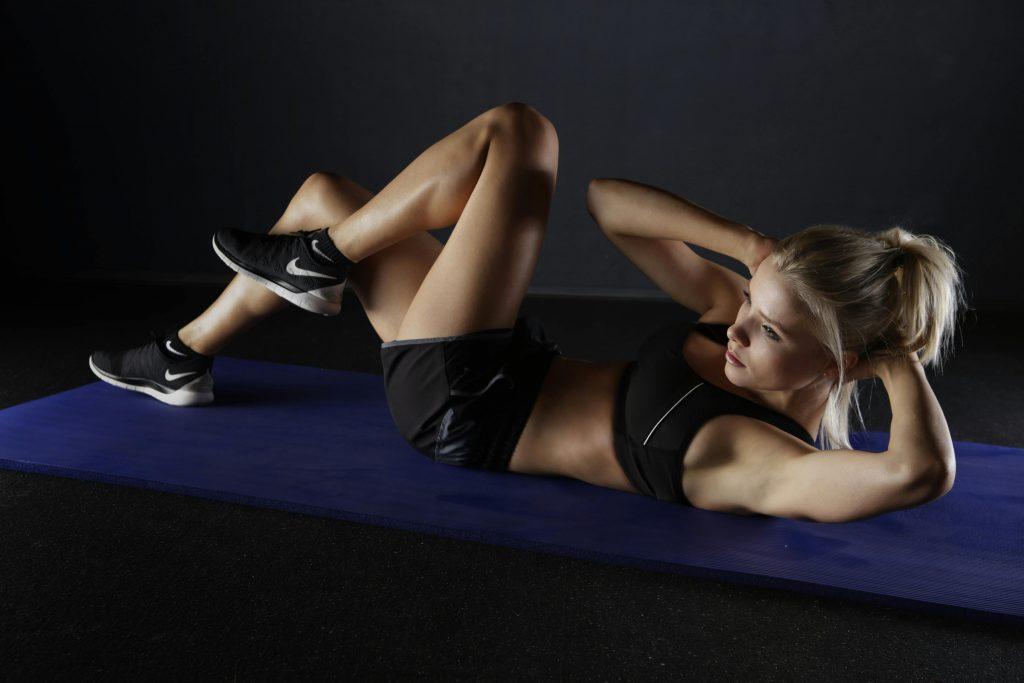
Oh, that wonderful feeling when everything seems to be totally fine, and then you get a spasm in your muscle that knocks you off of your feet. This my friends, is your muscle cramping or what some like to call a Charley Horse. Muscle spasms can occur in any muscle in the body but often happen in the leg. When a muscle is in spasm, it contracts without your control and does not relax. Great, most of you might have already known that, but do you know what causes them? And even better yet, do you know how to help muscle cramps when it happens? Read more to find out.
What Causes Muscle Cramps?
The most common places for muscle cramps are:
- Thighs
- Feet
- Hands
- Arms
- Abdomen
- Area along your ribcage
Causes of muscle cramps can come from:
- Straining a muscle.
- overuse of the muscle.
- Your nerves are being compressed like a pinched nerve.
- Your body is dehydrated.
- Low levels of electrolytes such as magnesium, potassium, or calcium.
- Not enough blood getting to your muscles.
- Being pregnant.
- Certain medicines.
- Getting dialysis.
- And sometimes, it is just unknown.
Who is at risk of getting muscle cramps?
- Older adults
- People who are overweight
- Athletes
- Pregnant women
- People with certain medical conditions.
But have no fear; we have solutions.
4 Solutions for Muscle Cramps
- Prevention: These are great ways to try and avoid muscle cramps in the first place.
- Stretch your muscles. This is especially important to do before exercising. Additionally, if you often get leg cramps at night, stretch your leg muscles before bed.
- Drink plenty of liquids. This is a great rule to follow in general, but if you do intense exercise or exercise in the heat, sports drinks can help you replace electrolytes. We recommend taking one of our products called RESCUE. RESCUE is designed to maximize your recovery. It is an instantized vegan BCAA formula that helps support muscle recovery and promote lean muscle protein synthesis for men and women.
2. Using heat and ice: The general rule is to apply heat when a muscle is tight and ice when a muscle is sore.
3. Try to stand up and walk around.
4. Gently massage the area.
We highly recommend keeping RESCUE around to keep your muscles recovering properly. Plus, it aids in hydration.





